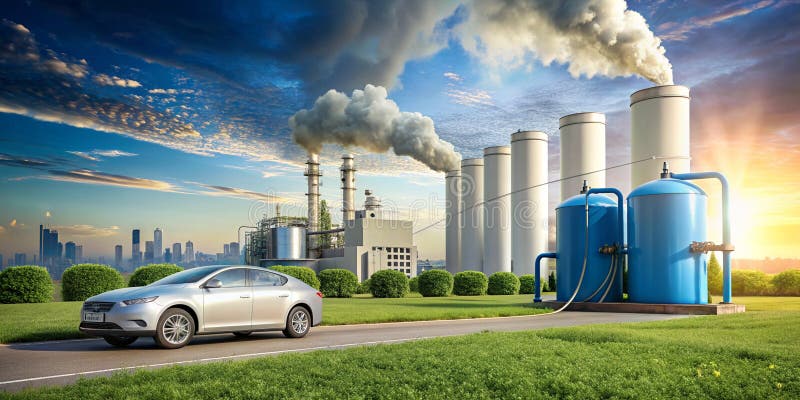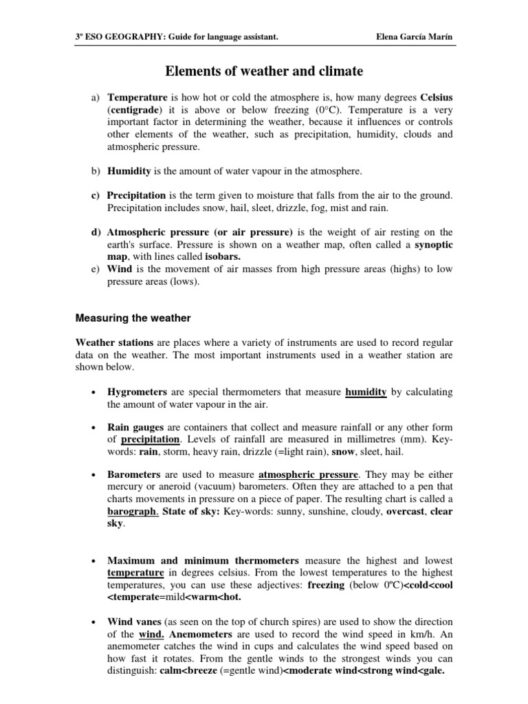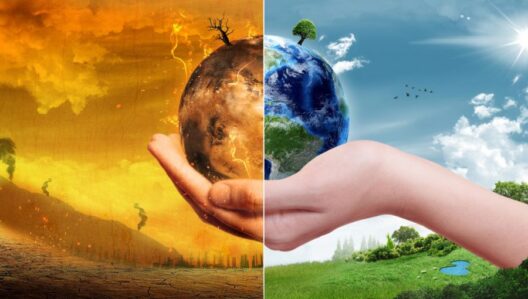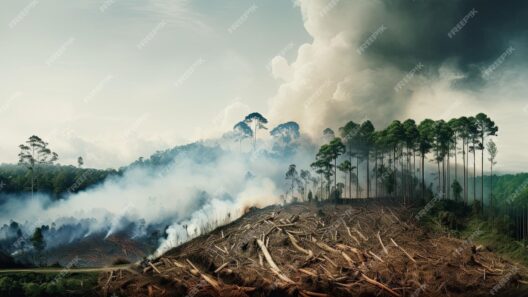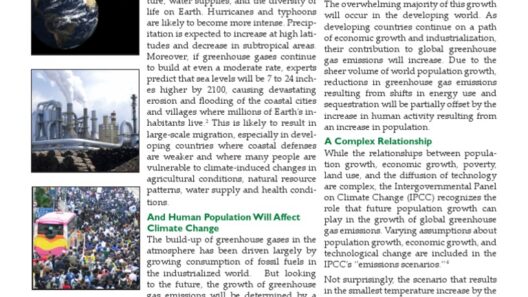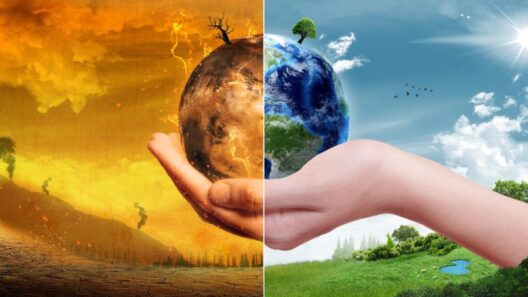The saga of climate change is akin to the slow uncoiling of a serpent, stealthily poised to strike when least expected. The very gases that propel the glimmering wheels of industry, namely fossil fuels, also unleash a calamitous curse upon our planet. Among these, one particular gas stands out for its insidious effects: methane. Transitioning from the grimy legacy of fossil fuels to the cataclysmic repercussions of floods, understanding methane’s role in this narrative is crucial.
The story begins with the combustion of fossil fuels, wherein carbon-rich materials release energy that powers our homes, our vehicles, and our industries. This reliance on fossil fuels creates an ecological dichotomy. The act of burning coal, oil, or natural gas releases not just carbon dioxide, the most notorious greenhouse gas, but also methane—a gas that is far more effective at trapping heat in the atmosphere. While carbon dioxide lingers for centuries, methane’s influence is immediate and potent, making it a pivotal player in the unfolding climate crisis.
Methane is produced through various means, most prominently from natural processes and human activities, such as agriculture, waste management, and fossil fuel extraction. In agricultural contexts, livestock and their digestive processes release substantial amounts of methane. Furthermore, the decay of organic matter in landfills produces this gas as well. These processes intertwine, creating a complex web that significantly contributes to the planet’s warming.
Now, consider methane as a double-edged sword. While it facilitates energy generation in the short term, its long-term implications are catastrophic. The increase in methane emissions accelerates global warming, leading to the melting of polar ice and the thermal expansion of oceans. This phenomenon has far-reaching consequences—among them, the undeniable rise in sea levels. The serenade of tides is transforming into an ominous pulse, silently overtaking coastal regions and inundating cities previously considered secure.
As the planet warms, the atmospheric extremes become more pronounced. The vibrancy of nature gives way to chaos; once predictable weather patterns spiral into instability, leading to unpredictable storms, relentless droughts, and devastating floods. A testament to this transformation can be seen in historical catastrophic events. Hurricanes, once a seasonal nuisance, now gather strength from the increasingly warm waters of the oceans, wreaking havoc upon unsuspecting communities.
Flooding, a direct manifestation of climate change, serves as a somber reminder of our perilous trajectory. The scenes unfold as water breaches levies, overwhelmed rivers spill their banks, and torrential rains saturate the ground, rendering it fruitless. Communities that once thrived become mere remnants, submerged beneath the murky depths of despair. The economic toll is staggering, as infrastructure crumbles, livelihoods are lost, and the burden on emergency services is exacerbated. Methane, although consumed by combustion, returns with a vengeful harmony in the form of unrelenting floods.
Moreover, floods also engender a paradox of environmental injustice. The most vulnerable populations—those already marginalized—often bear the brunt of these disasters. Wealthier regions may have the resources to withstand such calamities, while impoverished areas struggle to recover after each deluge. This inequity casts yet another shadow on the moral implications of our reliance on fossil fuels and the resultant methane emissions. The most disadvantaged, typically least responsible for emissions, find themselves with the most to lose as their homes and histories are swept away.
Amidst this narrative of destruction, hope is not lost. Transitioning to alternative energy sources, such as wind, solar, and, notably, hydrogen, offers a glimmer of salvation. The potential to harness hydrogen as a clean fuel source heralds a new era in energy independence, allowing civilization to extricate itself from the clutches of greenhouse gases. Furthermore, innovative technologies aimed at capturing methane emissions from agriculture and landfills are becoming increasingly viable. These solutions could mitigate emissions while simultaneously steering the world towards a sustainable path.
Embracing sustainable agricultural practices, investing in innovative waste management systems, and adequately regulating fossil fuel industries can collectively forge a new trajectory. By reducing methane emissions and transitioning to a clean energy economy, society can begin to undo the harm wrought by decades of unchecked fossil fuel consumption. A clearer horizon with less flooding lies not just in political will, but in a collective awakening to the pervasive threat methane poses.
The fight against climate change must also invoke the spirit of resilience. Communities can bolster their defenses against flooding through smarter urban planning, enhancing green landscapes to absorb excess rainwater, and restoring wetlands that act as natural barriers. These measures, combined with a steadfast commitment to reducing fossil fuel dependency, beckon a more equitable and sustainable world.
The clock is ticking. As humanity navigates the tumultuous waters of climate change, it holds the power to pivot from catastrophe to restoration. By addressing our reliance on fossil fuels, effectively managing methane emissions, and fostering alternatives, we can work together to rebuild our relationship with the Earth. From fossil fuels to floods, the journey charts a path fraught with challenges yet filled with the potential for renewal. It is a call to action—a reminder that, ultimately, we have the agency to reshape our future.



